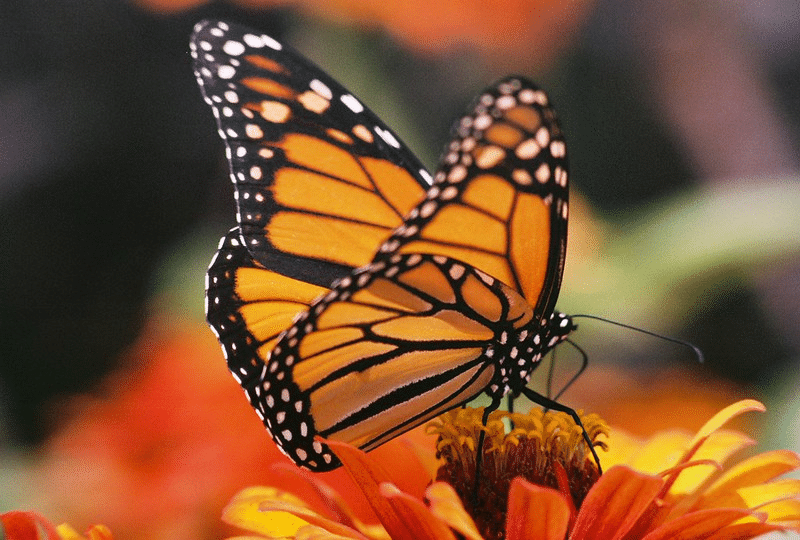
The monarch butterfly may be the official state insect of Texas, but that doesn’t prevent millions of the poor bugs from ending up as splatter on drivers’ windshields. Sadly, due to road strikes and other causes, the monarch butterfly population has fallen by about 82 percent over the past 23 years. That’s why Texas entomologists are working hard to find a way to save these iconic insects.
Protect Your Car for Years to Come: Know about these five essential fluids
Understanding the issue
Monarch butterflies have two annual migrations, in spring and fall. Some butterflies migrate from as far north as Canada to reach Mexico, always passing through Texas. The return trip also takes them through the Lone Star State.
While you may expect butterflies to be hit by cars at the same rate along a stretch of highway, scientists discovered a pattern among these road deaths. These researchers discovered a high volume of road strikes in west Texas, along Interstate 10 between Junction and Sheffield. These unfortunate butterflies accounted for between 2-4 percent of the autumn-migrating population.
To find a solution, the Texas Department of Transportation Research and Technology Implementation Division has decided to fund research by the Texas A&M Transportation Institute and the Entomology Department at Texas A&M College of Agriculture and Life Sciences. Over the next several migration periods, entomologists will survey stretches of Texas roadways to find the spots that are most lethal to monarch butterflies. With this data, the researchers hope to identify more hotspots and study their environmental characteristics.
Don’t Let Transmission Trouble Drive Your Car to Extinction: Know when your transmission needs maintenance
Finding potential solutions
In nearby Mexico, conservationists have placed signs along the monarch migratory route urging drivers to slow down. Unfortunately, we don’t have any data regarding the efficacy of this practice.
Texas isn’t the only place where butterflies smack into cars at an alarming rate — in Taiwan, purple crow butterflies were suffering from massive amounts of mortality due to car strikes. These deaths dropped by 80 percent when nets were placed along roadways, with the intent of redirecting the butterflies to fly above traffic. These nets, when put in place during migration season, have proven to be an affordable, relatively easy solution.
We’ll see if Mexico tries some of the answers tested in other areas of the world or comes up with something new to protect these vibrant insects.
Kimiko Kidd is a native Daytonian. She graduated from Wright State University with degrees in environmental science and sociology. She loves her trusty old Honda Civic, but dreams of owning a 1974 Ford Falcon XB with a custom paint job and a vintage Kawasaki Z1000. In her free time, Kimiko can be found watercolor-painting, baking muffins, collecting rocks, playing old-school Nintendo games, writing her novel, sewing stuffed animals, and cosplaying as her favorite Mad Max characters. See more articles by Kimiko.









